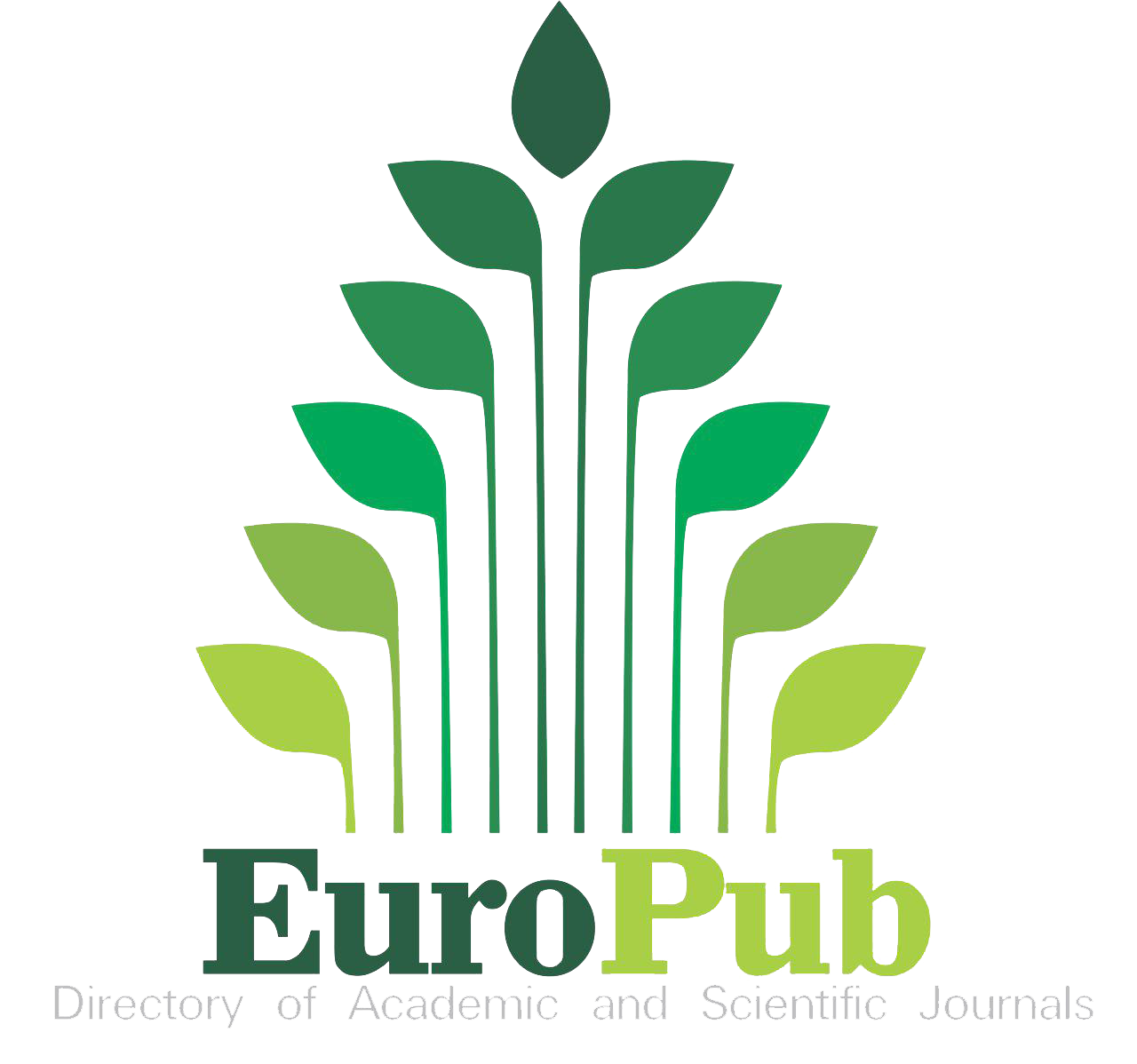Queratomicosis equina por Aspergillus flavus en Argentina
DOI:
https://doi.org/10.24215/15142590e081Palabras clave:
queratomicosis, complejo Aspergillus flavus, natamicina, equinoResumen
Un equino castrado de 9 años presentó una úlcera corneal en el ojo derecho, sin respuesta al tratamiento. El trauma fue causado por material vegetal. El examen oftalmológico reveló opacidad corneal paraxial cubierta por una descarga blanquecina y edema periférico, asociado a congestión de vasos conjuntivales y angiogénesis corneal. El examen microscópico reveló la presencia de neutrófilos e hifas fúngicas. Al tercer día de cultivo se detectaron varias colonias blancas que se tornaron de color verde pálido. El examen microscópico de estos aislamientos reveló la presencia de conidióforos incoloros, rugosos y de paredes gruesas, de entre 340 y 1650 μm de longitud, con vesículas globosas a subglobosas, de entre 22 y 48 μm de diámetro. Las vesículas tenían una o dos series de fiálides. Los conidios eran globosos, de color verde oliva con paredes delgadas y ligeramente rugosas que oscilaban entre 3 y 7 μm de diámetro. También se realizó la identificación molecular. Ambas técnicas confirmaron la presencia del complejo Aspergillus flavus. El uso tópico de natamicina resultó efectivo en la resolución de la lesión. Hasta donde sabemos, este es el primer caso de queratomicosis equina reportado en Argentina.
Referencias
Brooks DE, Plummer CE, Mangan BG, Ben-Shlomo G. 2013. Equine subepithelial keratomycosis. Veterinary Ophthalmology. 16(2):93-6. https://doi.org/10.1111/j.1463-5224.2012.01031.x
Das S, D’Souza S, Gorimanipalli B, Shetty R, Ghosh A, Deshpande V. 2022. Ocular surface infection mediated molecular stress responses. International Journal of Molecular Science. 23(6):3111. https://doi.org/10.3390/ijms23063111
Ferrer C, Colom F, Frasés S, Mulet E, Abad J, Alió JL. 2001. Detection and identification of fungal pathogens by PCR and by ITS2 and 5.8S ribosomal DNA typing in ocular infections. Journal of Clinical Microbiology. 39(8):2873-9. https://doi.org/10.1128/JCM.39.8.2873-2879.2001
Hellander-Edman A, Makdoumi K, Mortensen J, Ekesten B. 2013. Corneal cross-linking in 9 horses with ulcerative keratitis.BMC Veterinary Research. 9:128. https://doi.org/10.1186/1746-6148-9-128
Ledbetter EC. 2017. Antifungal therapy in equine ocular mycotic infections. The Veterinary Clinics of North America Equine Practice 33(3):583-605. https://doi.org/10.1016/j.cveq.2017.08.001
Mustikka M, Grönthal TSM, Pietilä EM. 2020. Equine infectious keratitis in Finland: Associated microbial isolates and susceptibility profiles. Veterinary Ophthalmology. 23(1):148-59. https://doi.org/10.1111/vop.12701
Pearce JW, Giuliano EA, Moore CP. 2009. In vitro susceptibility patterns of Aspergillus and Fusarium species isolated from equine ulcerative keratomycosis cases in the midwestern and Southern United States with inclusion of the new antifungal agent voriconazole. Veterinary Ophthalmology. 12(5):318-24. https://doi.org/10.1111/j.1463-5224.2009.00721.x
Plummer CE. 2017. Corneal response to injury and infection in the horse. Veterinary Clinics of North America Equine Practice. 33(3):439-63. https://doi.org/10.1016/j.cveq.2017.07.002
Richter M, Hauser B, Kaps S, Spiess BM. 2003. Keratitis due to Histoplasma spp. in a horse. Veterinary Ophthalmology. 6(2):99-103. https://doi.org/10.1046/j.1463-5224.2003.00286.x
Roberts D, Cotter HVT, Cubeta M, Gilger BC. 2020. In vitro susceptibility of Aspergillus and Fusarium associated with equine keratitis to new antifungal drugs. Veterinary Ophthalmology. 23(5):918-22. https://doi.org/10.1111/vop.12774
Sherman AB, Clode AB, Gilger BC. 2017. Impact of fungal species cultured on outcome in horses with fungal keratitis. Veterinary Ophthalmology. 20(2):140-6. https://doi.org/10.1111/vop.12381
Tahoun A, Elnafarawy HK, Elmahallawy EK, Abdelhady, A, Rizk AM, El-Sharkawy H, Youssef MA, El-Khodery S, Ibrahim HMM. 2020. Epidemiological and molecular investigation of ocular fungal infection in equine from Egypt. Veterinary Science. 7(3):130. https://doi.org/10.3390/vetsci7030130
Voelter-Ratson K, Monod M, Braun U, Spiess BM. 2013. Ulcerative fungal keratitis in a Brown Swiss cow. Veterinary Ophthalmology. 16(6):464-6. https://doi.org/10.1111/vop.12037
Walther G, Zimmermann A, Theuersbacher J, Kaerger K, von Lilienfeld-Toal M, Roth M, Kampik D, Geerling G, Kurzai O. 2021. Eye infections caused by filamentous fungi: Spectrum and antifungal susceptibility of the prevailing agents in Germany. Journal of Fungi. 7(7):511. https://doi.org/10.3390/jof7070511
Zak A, Siwinska N, Slowikowska M, Borowicz H, Ploneczka–Janeczko K, Chorbinski P, Niedzwiedz, A. 2018. Conjunctival aerobic bacterial flora in healthy Silesian foals and adult horses in Poland. BMC Veterinary Research. 14(1):261. https://doi.org/10.1186/s12917-018-1598-6
Publicado
Número
Sección
Licencia
Derechos de autor 2024 Gustavo Leonardo Zapata, Horacio Terziotti, Marco Tizzano, Romina Della Vedova, Francisco José Reynaldi

Esta obra está bajo una licencia internacional Creative Commons Atribución-NoComercial-SinDerivadas 4.0.
Los autores/as conservan los derechos de autor y ceden a la revista el derecho de la primera publicación, con el trabajo registrado con la licencia de atribución de Creative Commons, que permite a terceros utilizar lo publicado siempre que mencionen la autoría del trabajo y a la primera publicación en esta revista.

Analecta Veterinaria por Facultad de Ciencias Veterinarias se distribuye bajo una Licencia Creative Commons Atribución-NoComercial-SinDerivar 4.0 Internacional.




























